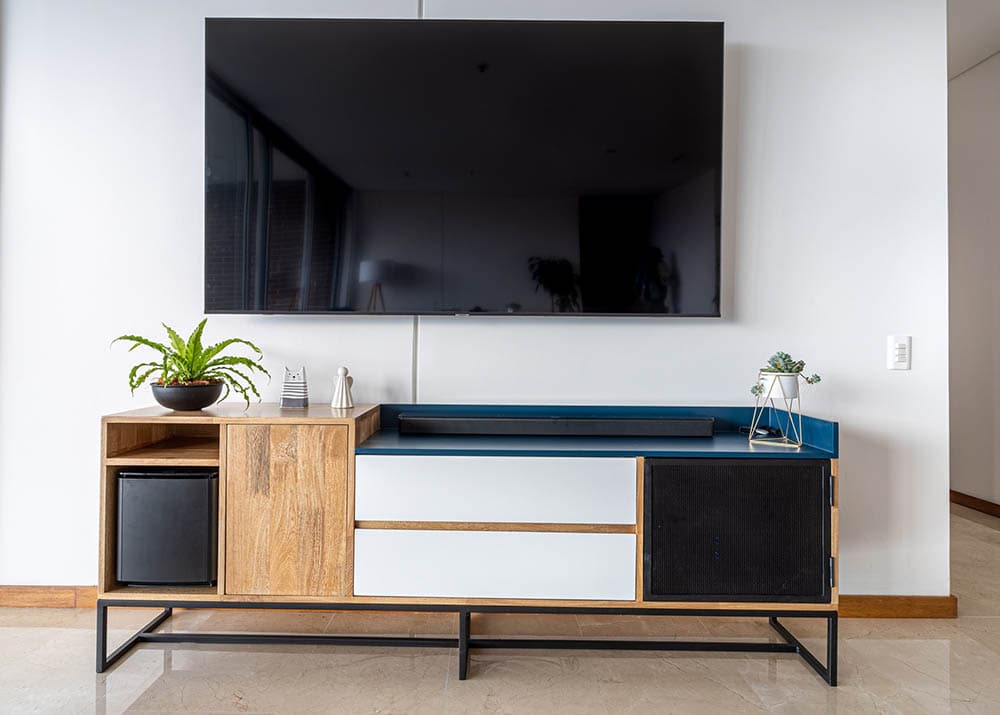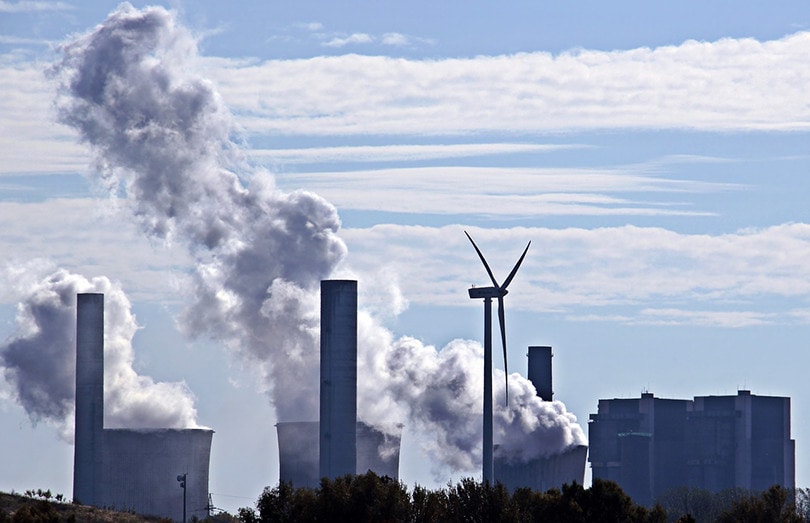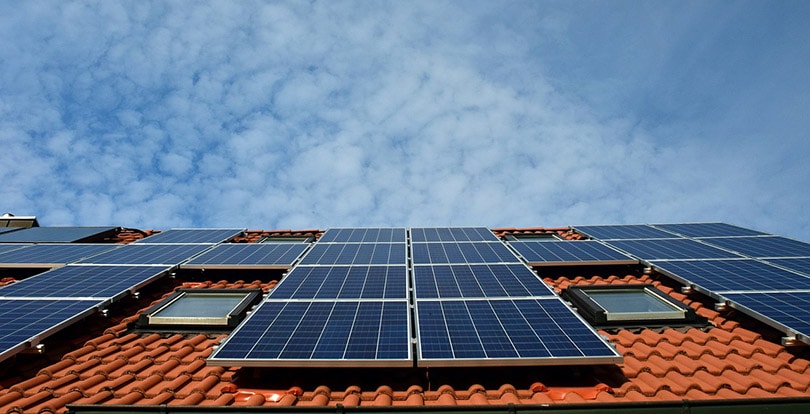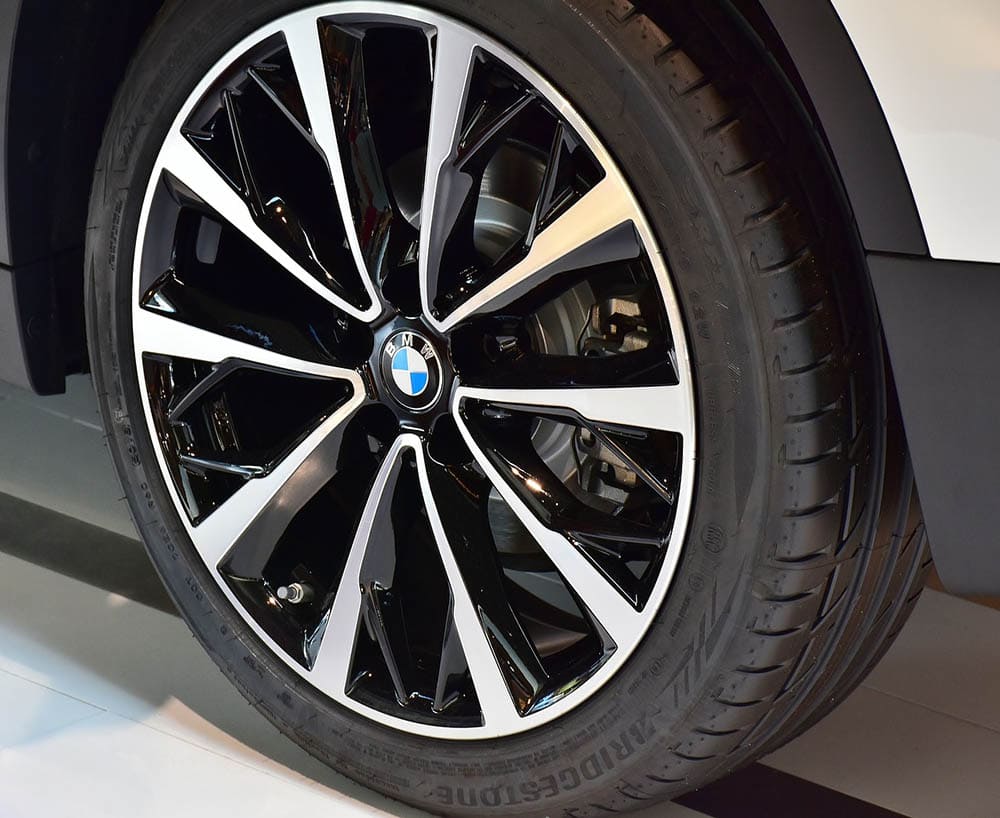15 Electricity Myths & Misconceptions – You Need to Stop Believing These
-
Pete Ortiz
- Last updated:

Humans have known about the existence of electricity for thousands of years even though they didn’t understand what it was. Even the term goes back to the 1600s. It wasn’t until nearly 300 years later that those scientists learned more about this force and how to harness it. Given the heavy-duty physics you need to understand, it’s easy to see why myths and misconceptions would exist.
Nevertheless, it’s essential to know what is true and false about electricity. After all, an error in judgment could have deadly consequences. According to the Electrical Safety Foundation International (ESFI), there were 120 workplace fatalities and 2,200 non-fatal injuries in 2020 due to electricity. These figures represent a 24-percent decrease and 17-percent increase over 2019, respectively.
The 15 Electricity Myths and Misconceptions
1. Appliances Only Use Power When They’re Running.
You probably remember your mother scolding you for leaving a TV or light on when you left the room. A commonly held belief is that turning them off stops them from using electricity. Unfortunately, that’s not true. According to the US Department of Energy, your appliances still use juice under standby power. The amount varies, but the meter is still running, nevertheless.

2. Benjamin Franklin Discovered Electricity.
While it’s true that Benjamin Franklin studied electricity, he didn’t discover it. People had it figured out for a long time. Franklin provided evidence about lightning and electricity with the famous kite experiment he conducted with his son. However, he wasn’t even the first person to make that connection. Thomas-François Dalibard beat him to the punch by a month.
3. Coal Generates the Most Electricity.
We know that fossil fuels are our country’s primary energy source. It’s an umbrella term that includes natural gas, petroleum, and coal. The remains of dead animals and plants provide the source. However, natural gas generates over twice as much electricity as coal. Nuclear energy even surpasses it.

4. It’s Better to Leave Your Computer on at Night.
You’ve probably heard both sides of this misconception. It’s also complicated by the so-called sleep or hibernation mode of computers. There are also screensavers that protect the display. We understand the convenience that keeping your device on offer. Like those appliances, your computer is still using electricity. It’s also affecting the lifespan of its components. It’s better to power down weekly.
5. All Power Lines Are Insulated.
Like many misconceptions, this one has an element of truth to it. Yes, some power lines are insulated, typically ones running from the transformers. However, there is a third one called the ground wire. It’s appropriately named because that’s where it ends up going down from the utility pole. Unlike the others, this one is bare and not insulated.

6. Northern States Use the Most Electricity.
You’d think that northern states like Minnesota and North Dakota would use the most electricity if just to stay warm. However, the numbers tell a different story. The average residence uses about 10,715 kWh per year. One state exceeds that amount by over 34%. It’s not Montana or even Alaska. It’s Louisiana. On the flipside, Hawaii uses about 40% less than the average.
7. Solar Power Doesn’t Work at Night.
Solar power from sunlight provides the source of solar energy. The fact that the sun is the driving factor would make you think that it goes off at night. That might be true except for two things. Batteries can provide an effective backup energy source to tide you over until the morning. Many people who use solar energy are still a part of the electricity grid so they always have power.

8. Low Voltage Won’t Hurt You.
Some science will explain why voltage matters. It describes the amount of kick per charge in volts. The current is the flow rate, measured in amps or amperage. You won’t feel anything if it’s around 1 amp. Things get electrifying at 6 amps or more. The longer your contact persists, the more dangerous it becomes. That’s why even a low-voltage sting can be fatal.
9. Old Houses Must Be Rewired.
Bad wiring is often the cause of many fires. However, “old” and “bad” aren’t the same things. Older homes will have dated wiring. However, consider what an upgrade would mean. A contractor would have to go behind the walls to replace them. That increases the risk of asbestos exposure if you disturb it. That can heighten your risk of cancer and other respiratory issues. It’s better to leave the wiring intact.
10. Rubber Tires Prevent You from Getting Struck by Lightning.
Being caught in a thunderstorm is scary enough without being on the road. Many people think that rubber tires protect them from lightning. The truth is that it’s the vehicle itself—if it has metal construction. Fiberglass won’t cut it. That doesn’t mean you can’t get a nasty shock. Just be sure not to touch the doors.

11. Closing Vents Saves Electricity.
Logic would tell you that closing off a vent to an unused room would save electricity. After all, you’re not heating it. Unfortunately, that misses the point of how an HVAC system works. Balance is the key with its accompanying network of ducts. Closing a vent throws it out of kilter and may even shorten the system’s lifespan. A better plan is to use fans when you’re home to recirculate the heat or AC.
12. Keeping Your Thermostat at One Temperature Conserves Energy.
There’s a reason that you see programmable thermostats. They save energy and money. We need to delve into some physics to explain why. According to Isaac Newton’s Law of Cooling, a warmer room loses heat more quickly than a cooler one. The rate slows with the latter as it gets close to the outside temperature. The number of BTUs needed to maintain the former is more, hence, higher costs.
13. You Use Less Electricity If You Leave a Light On Instead of Switching It Off.
The correct answer depends on the bulb. You should always turn off incandescent and halogen lights when you leave a room. On the other hand, you shouldn’t turn off a CFL-powered lamp if you’re going to return in less than 15 minutes. Frequently switching on and off will shorten its lifespan. An LED light can handle this kind of use. We suggest following the CFL guidelines to conserve energy.

14. Handwashing Dishes Uses Less Energy.
Another common myth states that handwashing is more energy-efficient than running a dishwasher. However, that’s not quite true on several fronts. First, you’re still using energy with your water heater. Today’s appliances do a better job of conserving and cleaning. The wiser choice is to use a low energy setting and run only full loads.
15. Americans Used More Electricity 40 Years Ago Than Today.
You’d think with the absence of smart devices and technological improvements that we’d use less energy. It turns out that the opposite is true. Americans used 1,747 terawatt-hours in 1975. That figure has steadily increased to 3,802 terawatt-hours in 2020, over a 217 percent increase. That coincides with our larger homes, topping out at 2,297 square feet.
In Conclusion
Electricity has almost a mythic quality about it. It seems like magic that we can flip a switch and light up a room. The fact remains that it’s a highly technical science and industry that provides the fodder for misconceptions to explain what we don’t understand. However, a basic grasp of how electricity works can lower our utility bills and keep us safe. After all, it’s what you don’t know that can hurt you.
See also:
- Philosophy of Science
- Electrical Safety Foundation International
- US Department of Energy
- Franklin Institute
- US Energy Information Administration
- Reader’s Digest
- Clark Science Center
- US Energy Information Administration
- US Department of Energy
- OSHA
- EPA
- National Weather Service
- RESNET
- Texas Electricity Ratings
- US Department of Energy
- Statista
- National Association of Home Builders
Contents


